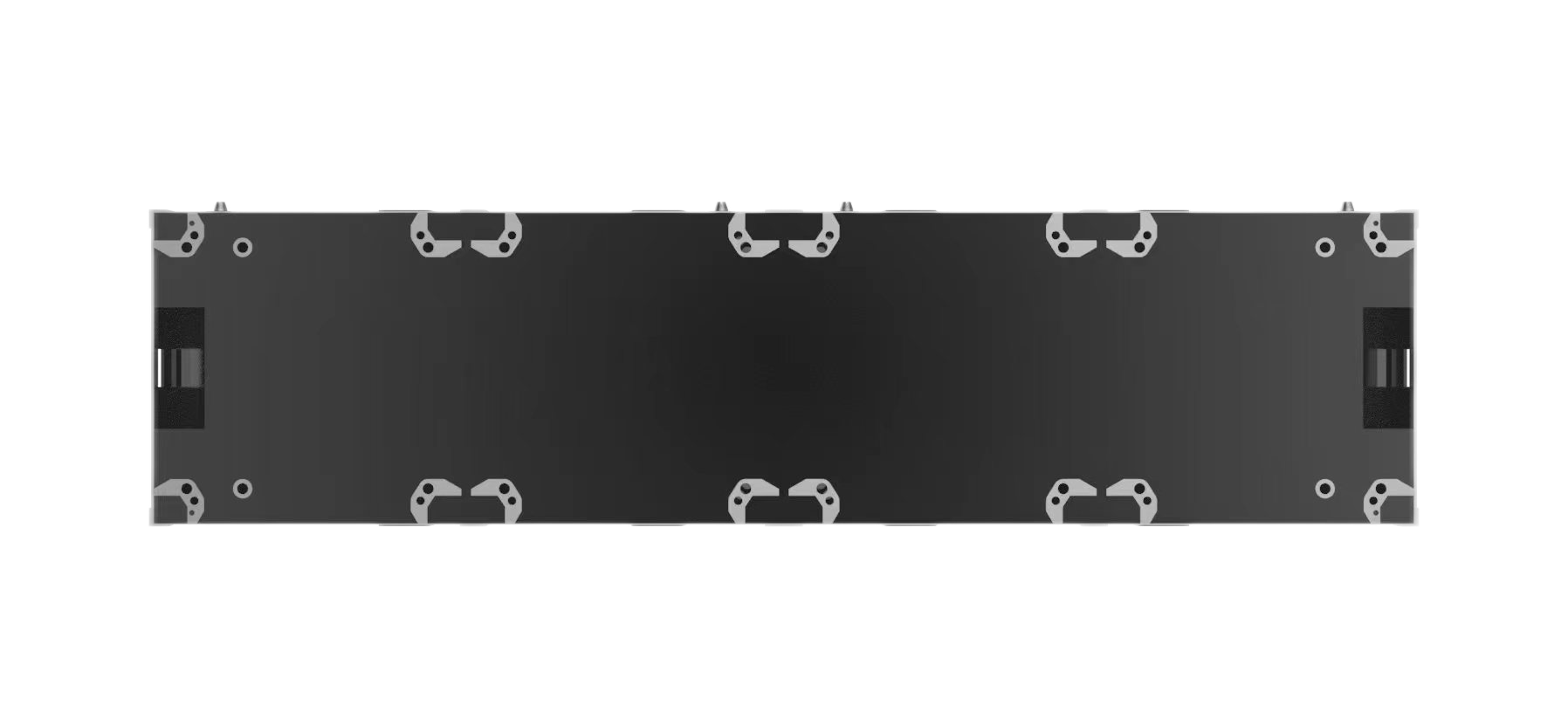First, the detection method of led display
repair.
1. Short-circuit detection method, adjust
the multimeter to the short-circuit detection position (generally has an alarm
function, if it is turned on, it will beep), check whether there is a
short-circuit phenomenon, and solve it immediately after the short-circuit is
found. The short-circuit phenomenon is also the most common led module fault.
Some can be found by observing the IC pins and pin headers. The short circuit
detection should be operated when the circuit is de-energized to avoid damage
to the multimeter. It’s the most commonly used method, simple and efficient.
90% of faults can be detected and judged by this method.
2. Resistance detection method, adjust the
multimeter to the resistance level, detect the resistance value of a certain
point of a normal circuit board to the ground, and then detect whether the same
point of the same circuit board is different from the normal resistance value,
If not, the scope of the problem is determined.
3. Voltage detection method, adjust the
multimeter to the voltage level, detect the ground voltage of a certain point
of the circuit suspected of having a problem, and compare whether it is similar
to the normal value, which can conveniently determine the scope of the problem.
4. Voltage drop detection method, adjust
the multimeter to the diode voltage drop detection file, because all ICs are
composed of many basic unit components, but they are only miniaturized, so when
there is current passing through a certain pin of it, There will be a voltage drop
across the pin. Generally, the voltage drop on the same pin of the same type of
IC is similar. According to the voltage drop value on the pin, it is better or
worse, and it must be operated when the circuit is powered off.
Second, the necessary tools for led display
repair.
1. One electric soldering iron + suction
gun each, some soldering tin
2. One 5V regulated power supply, supplying
power to the receiving card and the repaired module or unit board
3. One electric batch, used for quick
disassembly of modules or unit boards
4. Computer + sending card, used to send
program to receiving card
5. Receiving card + HUB board, used to
observe the fault phenomenon of module or unit board
6. One multimeter, used to detect specific
faults of modules or unit boards
7. 1 pair of tweezers, scissors, and pliers
Third, the basic steps of led display
repair.
1. Determine the type of HUB board used by
the module or unit board, so that the interface definition of the cable can be
the same
2. According to different types of modules
or unit boards, send corresponding programs to the receiving card to ensure
that the modules and unit boards are displayed under the correct program, which
is the premise to find out the cause of the fault. Generally, the model of the
module or unit board will be printed on the PCB.
3. Observe the phenomenon of the module or
unit board to determine the initial fault. For example, common blind lights,
string points, small squares, etc.
4. Use a multimeter to find out the fault,
mainly using the above short-circuit detection method to detect between the
chip and the lamp pin.
5. Maintenance
6. Check again

 info@honourled.com
info@honourled.com

 654
654


